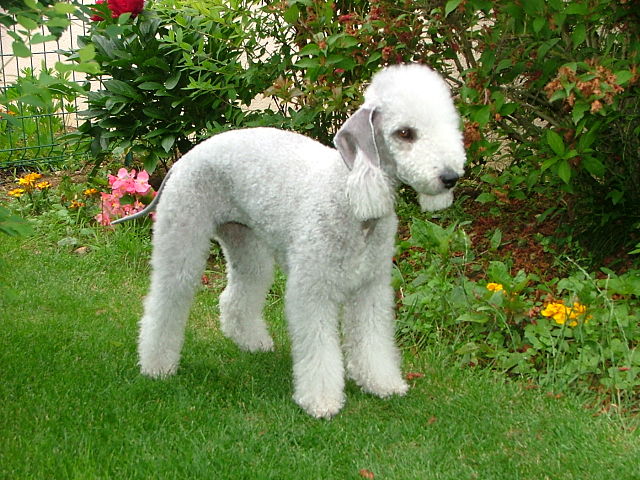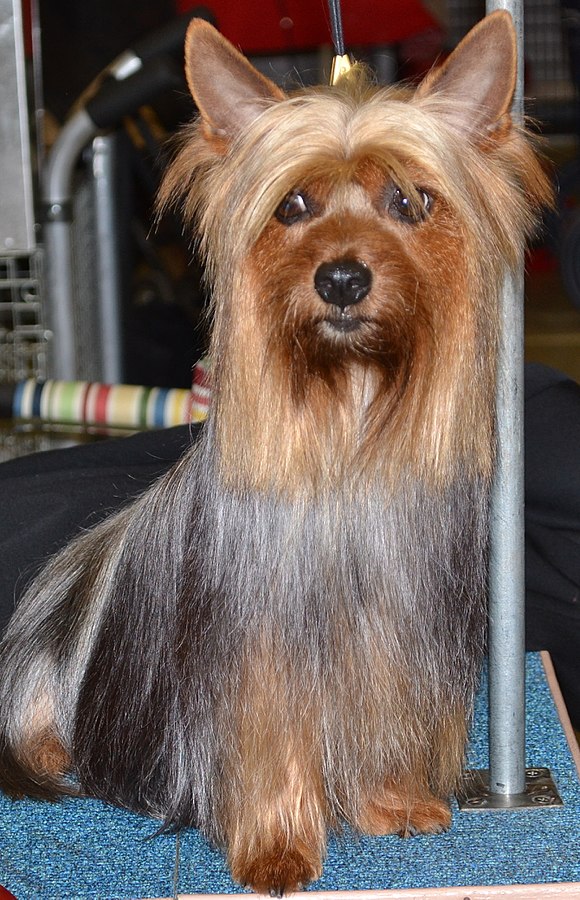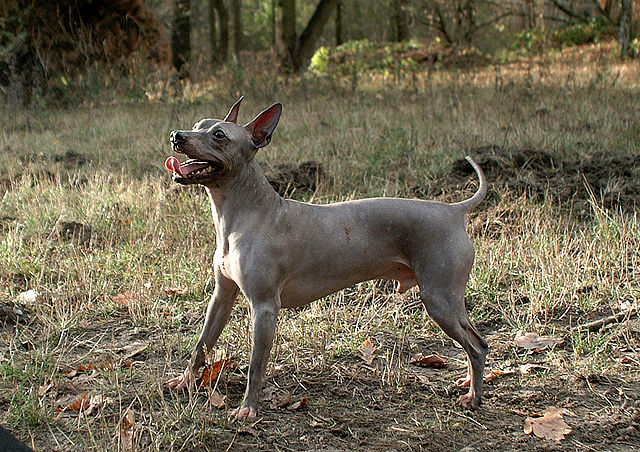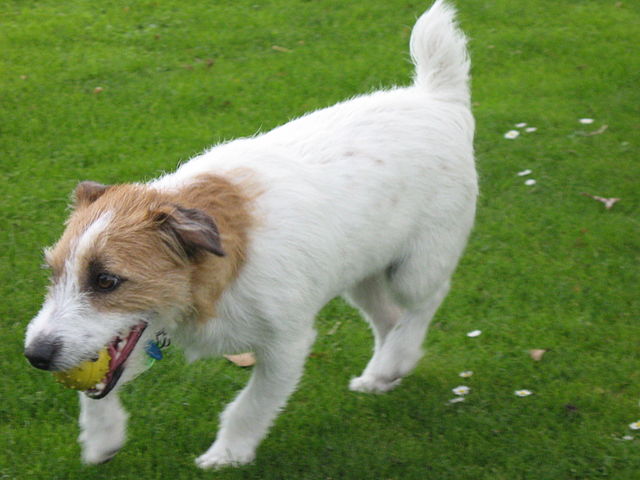The Glen of Imaal Terrier was bred as a general farm dog and to get rid of vermin, however they were also put to work as “turnspit dogs”. These unique bow-legged dogs would run inside of a wheel-like turnspit and turn the spit over a hearth! Like many of their Irish cousins, they are hardy and resilient, and not always likely to let their owners know if they are in pain or discomfort. The Kennel Club breed standard describes him as having “a mixture of game and gentle about him.” In the right home, these dogs can make wonderful companions.
Glens aren’t prone to barking very frequently, although if they are in a home with other barking dogs they might pick up the bad habit. When they do bark (such as if someone were at the door), they sound much bigger than they really are. Neither do these dogs tend to be either hyper or demanding. Instead they have a low energy around the house and are often content to sleep much of the day. With the exception of when they are in “game mode”, they tend to be fairly laid back and patient. Glens don’t do well as kennel dogs and instead need to live inside with their owners. They are quite easy to live with indoors, so this isn’t usually a problem for most people. One of the biggest things to watch out for in a growing Glen is to keep him from leaping off couches or racing down stairs until the growth plates in his legs have closed.
The Glen of Imaal – by nature of his short legs – doesn’t make a good jogging companion. This said, he should be given 20 minutes of walking a day, minimum. More is even better, and he is capable of walking a couple of miles a day if he has been gradually built up to it. This inquisitive fellow loves to go outside of walks or other adventures, including car rides! Many Glens don’t get carsick easily, making them good traveling cohorts. One destination that an owner must exercise caution around is the pool – the short legs and heavy body of the Glen means that he is not a natural swimmer.
The Glen of Imaal Terrier is not only brave, but can have a very high prey drive and often desires to chase and kill small animals. He also will never back down from a fight with another dog, and while he is not often one to start a fight… he will likely finish it! He is able to live with other dogs (or even cats) but must be raised from puppyhood with these other animals. Many Glens are fine with their own “packmates”, however are not reliable with strange dogs or outdoor cats. Still others are never ok living with cats or small dogs who behave like prey. It all just depends. Keeping him in a securely fenced (dig-proof) yard and on leash when out walking will stop him from chasing other animals into the road.
Glens tend to be very independent as well as stubborn. When it comes to training, patience is often required! This said, they are intelligent and with plenty of praise and motivation, they are quite capable of learning. Be aware that Glens can have a particularly silly personality and sense of humor, and might try to turn a training session into an oddball game for their own amusement! They tend to do better with performance or work-based tasks than super strict obedience (which many simply don’t see the point in). They do better with versatile tasks than strict repetition.
The Glen of Imaal is a loving dog that usually gets along great with children. Although they are very short in stature, they do have a lot of “heft” to them and they can knock down very young kids accidentally, so care must be taken in that respect. With slightly older kids, they are very trustworthy but the kids must be taught to never tease the dog (it’s just not fair to the dog). In a family setting, Glens tend to “choose” one special person with whom they spend most of their time, but are friendly and engaging to everyone who interacts with them.
Glen of Imaal Terriers don’t require a ton of grooming, and in fact rarely requires either brushing or baths. This said, a weekly brushing will keep the dog feeling his best as it will strip out the dead coat. When the coat starts to get long, it will require an actual stripping session with specialized tools. This is a skill that can be learned, or it can be done by a groomer experienced in working with “the art of stripping”. The weather-resistant coat of the Glen is hypoallergenic for some people, while others find that their allergies are still a problem.
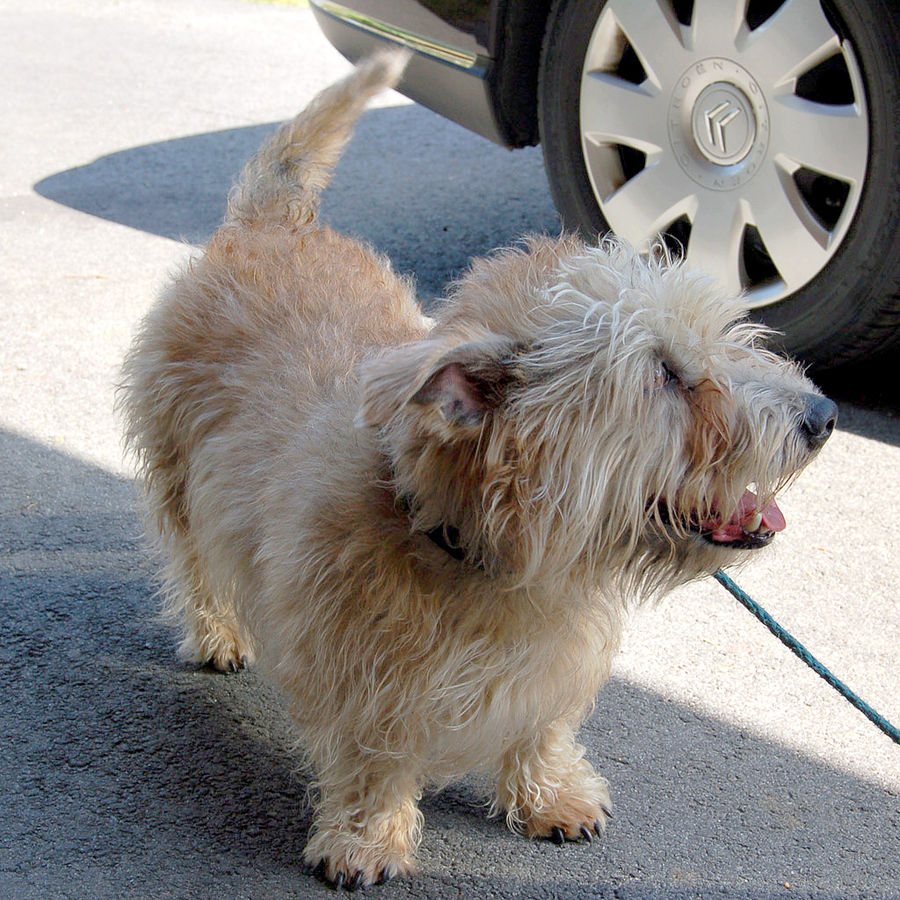
Photo by Scoo



